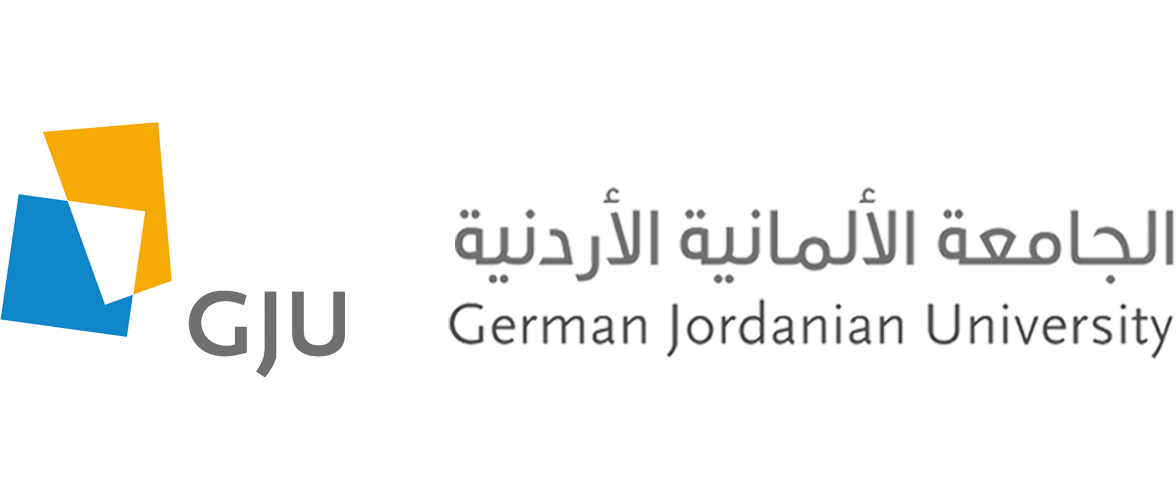„Spatial Patterns - Mashrabiya revisited”
Our last Study Group for this year, 15 students from RheinMain University of Applied Sciences from the faculty of Architecture and Civil Engineering and Prof. Dipl.-Ing. Joachim Kieferle worked together with Prof. Mohammad Yaghan and Prof. Rejan Ashour from the School of Architecture and Built Environment (SABE) and GJU students of Architecture and Interior Architecture & Design and Visual Communications. The group from Germany was accompanied by an industrial expert in the field, Dr. Ing. Uwe Wössner.
The workshops task for the students was to analyse and understand patterns in architecture, both in the local Arab culture (Mashrabiya design, mosaic artwork and paintings) and in the German (medieval to new patterns) context, create new patterns, experiment with these patterns with light and shadow, and digitally fabricate 1:1 artefact. The students should create innovative design and fabrication methods to develop current design approaches, fabricate prototypes and testing the resulting play of light and shadow in different conditions to learn the relevance of lighting and shadows in architecture and spatial context.
The students were divided into five mixed groups and each created their own individual design. The outcome was very impressive and many different, creative and unique solutions were developed. The groups presented their ideas on the last day of the workshop and received feedback from the Jordanian and the German professors.
We are happy to see once again the Jordanian and German students working together, exchanging ideas on an intellectual, but also on a cultural and personal level, building new international relation- or even friendships.
In addition to the academic focus, the study group had the chance to explore Jordan and its rich culture for a few days before they started with their workshop. Since the German group didn’t know each other before their travel to Jordan, their first trip to Wadi Mujib was the perfect team building activity to get to know the fellow students. Furthermore, they visited Petra and experienced Wadi Rum.
We want to thank everyone who was involved in the project for the cooperation and support. We are pleased to facilitate this exchange and looking forward to a fruitful cooperation to be continued in the next years.

